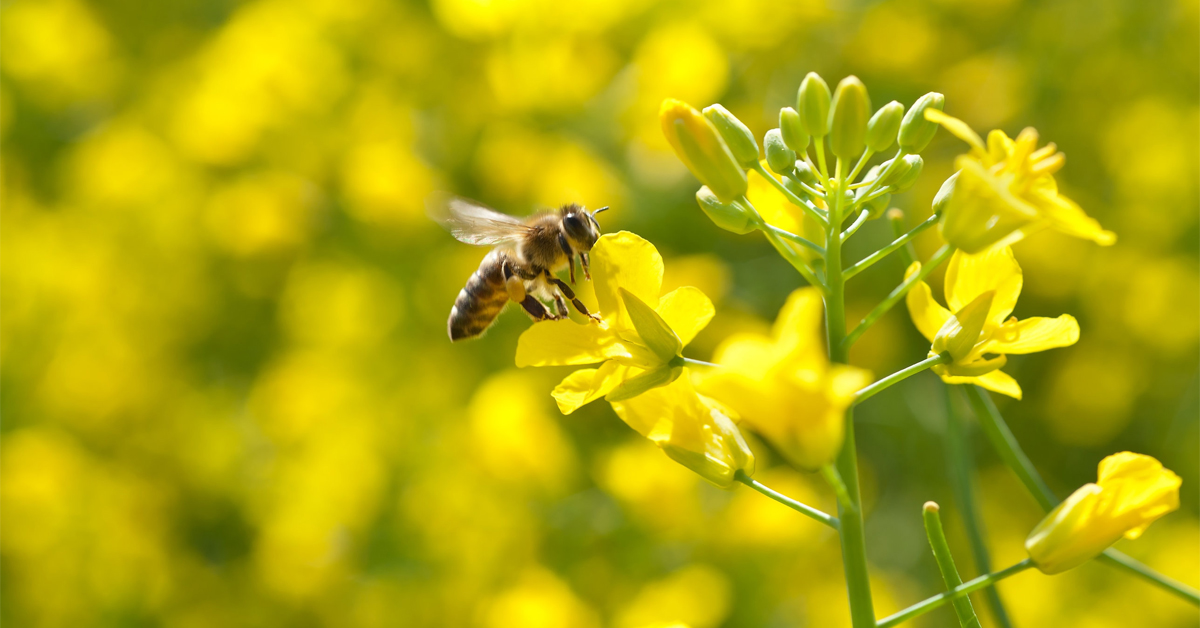As the winter snow melts away and the days get longer, many people feel like they’re waking up from hibernation. Now that the bees are humming and the flowers are blooming, it is time to look ahead to warmer, brighter times. Use this transition period to evaluate your current productivity levels and make changes to your workflow. Spring is a time for setting priorities and committing to growth throughout the year.

Strategies to rejoice this spring
If you suffer from the winter blues, don’t discount your feelings. The Mayo Clinic explains that these emotions are valid and part of seasonal affective disorder. But there are things you can do to make it through this transition period.
Here are three ways to be more productive in the coming months by creating positive, long-term habits.
1. Spring clean your calendar
Are you addicted to meetings? Is your answer to every problem to huddle up or set up a discussion that’s a day or two away? If so, you aren’t the only one. A survey by Korn Ferry of 1,945 workers found that 67 percent feel like excessive meetings prevent them from getting work done. More than a third feel like they waste between two to five hours in meetings that don’t accomplish anything.
Take action against unnecessary meetings with a spring meeting audit.
- Which weekly meetings could become bi-weekly?
- Which could be shortened from an hour to 30 minutes?
- What meetings can be held monthly?
- Which meetings can be a Hubgets Topic or an email instead?
If you aren’t the one setting all your meetings, use these questions to work with co-workers and managers to see what you can shift as a group. Chances are good that everyone will agree–fewer meetings are better.
2. Practice the most important task (MIT) strategy
If you want to increase your productivity, you need to take control of your day. If you feel like your day controls you, you’re constantly putting out fires, or can never seem to complete everything on your to-do list, your productivity will suffer.
The MIT strategy challenges you to identify the most important agenda items that you want to get done. This way, you can start making real progress. Chris Bailey, author of The Productivity Project, suggests tapping into the rule of three at the start of each day:
- What are 3 things you want to get done before the workday ends?
- What are 3 things you want to accomplish this week?
- What are 3 things you want to achieve this year?
These questions will help you identify your MITs for the day while also guiding your vision for the week and year. Instead of feeling swept along by a constantly-growing task list, you can focus on getting things done.
Consider applying the MIT strategy to any team-wide projects you take on or meetings you attend as well. To do so, start each meeting by listing the three most important objectives for the meeting. This can prevent the creation of seemingly-endless agendas with more discussion points than are necessary. And furthermore, it will help your team members stay on task.
3. Prioritize exercise and make it fun
According to CDC, physical activity can boost brain health. It can improve problem-solving, help you learn, and increase your emotional balance. It can also reduce your anxiety levels, helping you work more effectively in a fast-paced work environment.
Unfortunately, exercise isn’t always fun. While the CDC recommends getting 150 minutes of moderate-intensity exercise each week, most people picture intense workouts or hours spent on a treadmill. The best way to motivate yourself to exercise is to make it fun. Here are some ways to do that:
- Hire a personal trainer so you receive tailored workouts that are geared toward what you love doing and want to achieve.
- Find a form of exercise that’s fun for you, like paddle boarding or dancing.
- Look for fitness opportunities near you so you don’t use the long drive as an excuse to opt-out.
- Break up exercises throughout the day. Walking the dog in the morning and then going for a run on your lunch break can hep you break up the movement.
With spring coming, you can use exercise as an excuse to spend more time outside. Longer days also make it easier to stay motivated after work. With the sun still high in the sky, you’re less tempted to hit the couch. And exercising constantly leads to higher productivity, effectiveness and better work performance.
Practice good productivity habits to enjoy long-term results
Spring is a great time to evaluate your productivity levels and reclaim your time.
However, good productivity habits take time to build. Don’t give into the temptation to schedule needless meetings and instead focus on your MITs.
And don’t forget to fine-tune your own personal care and health.
Post A Reply